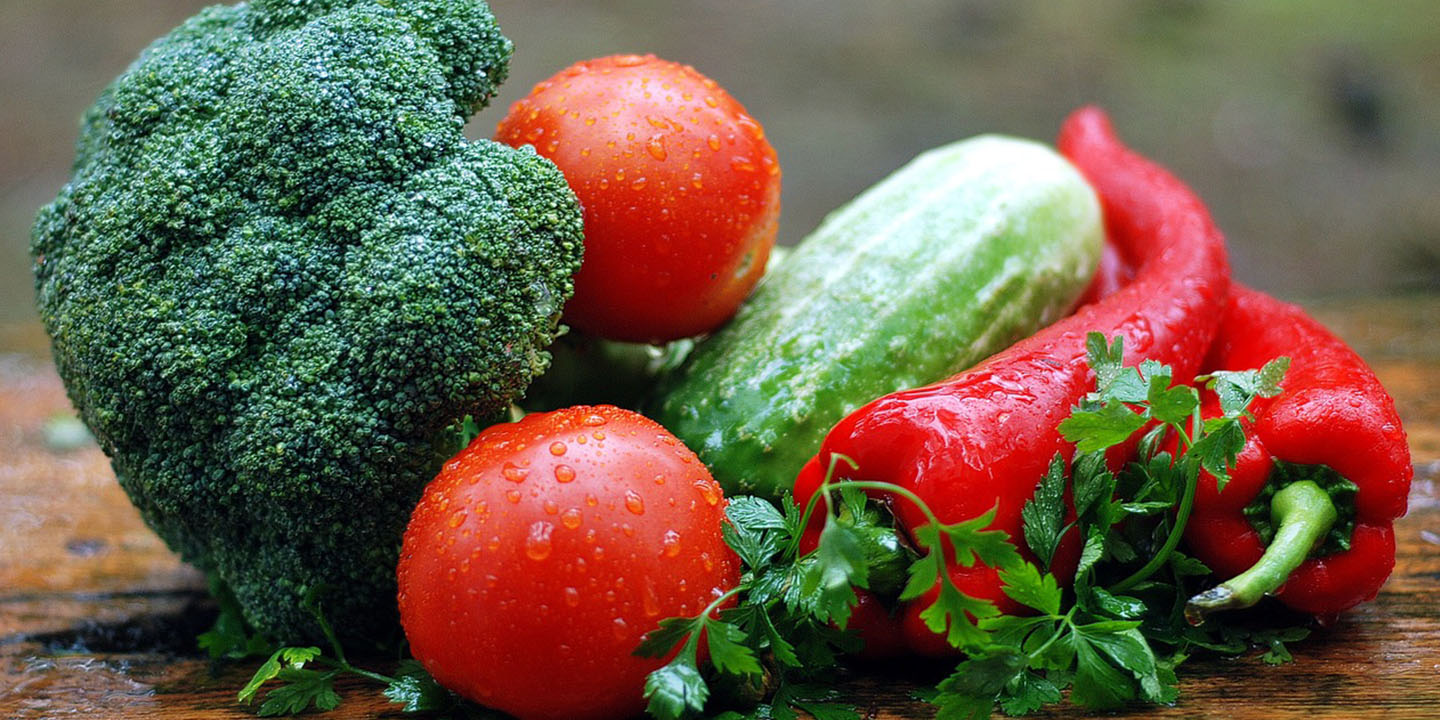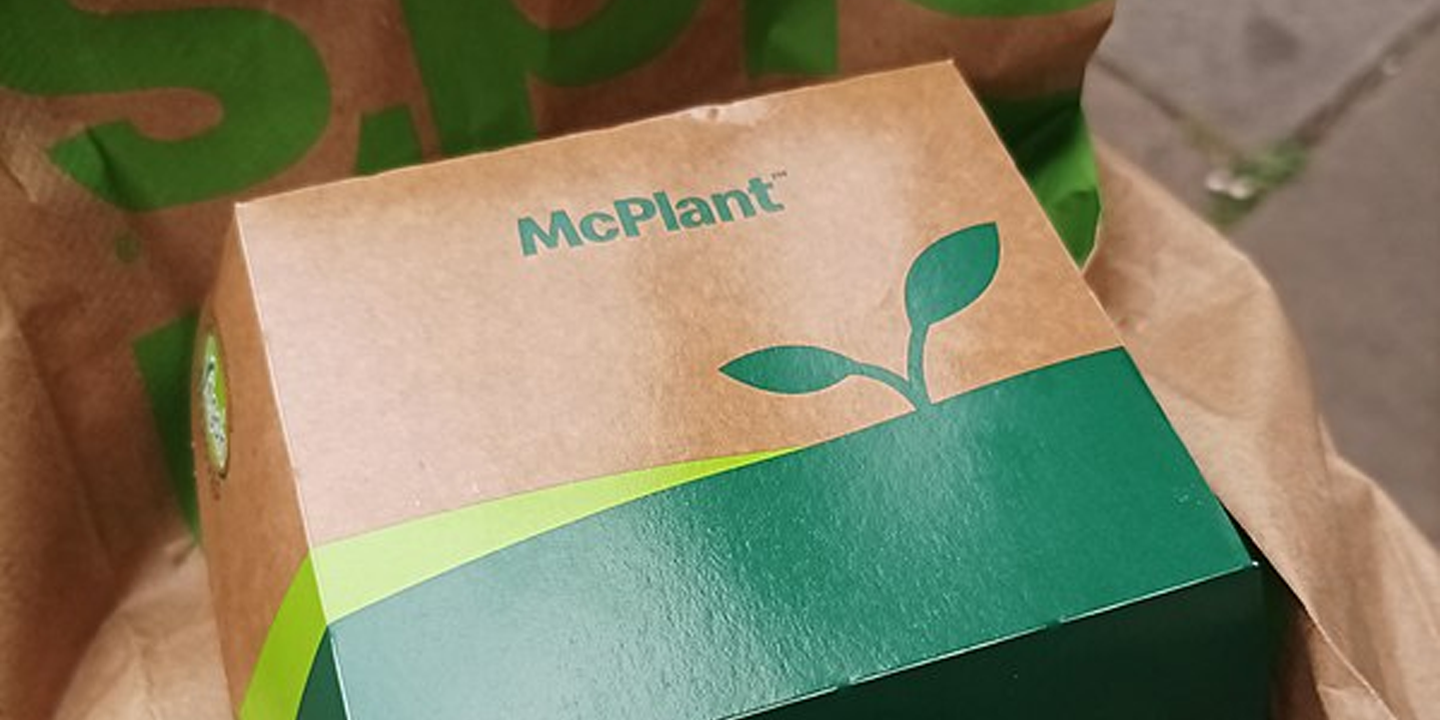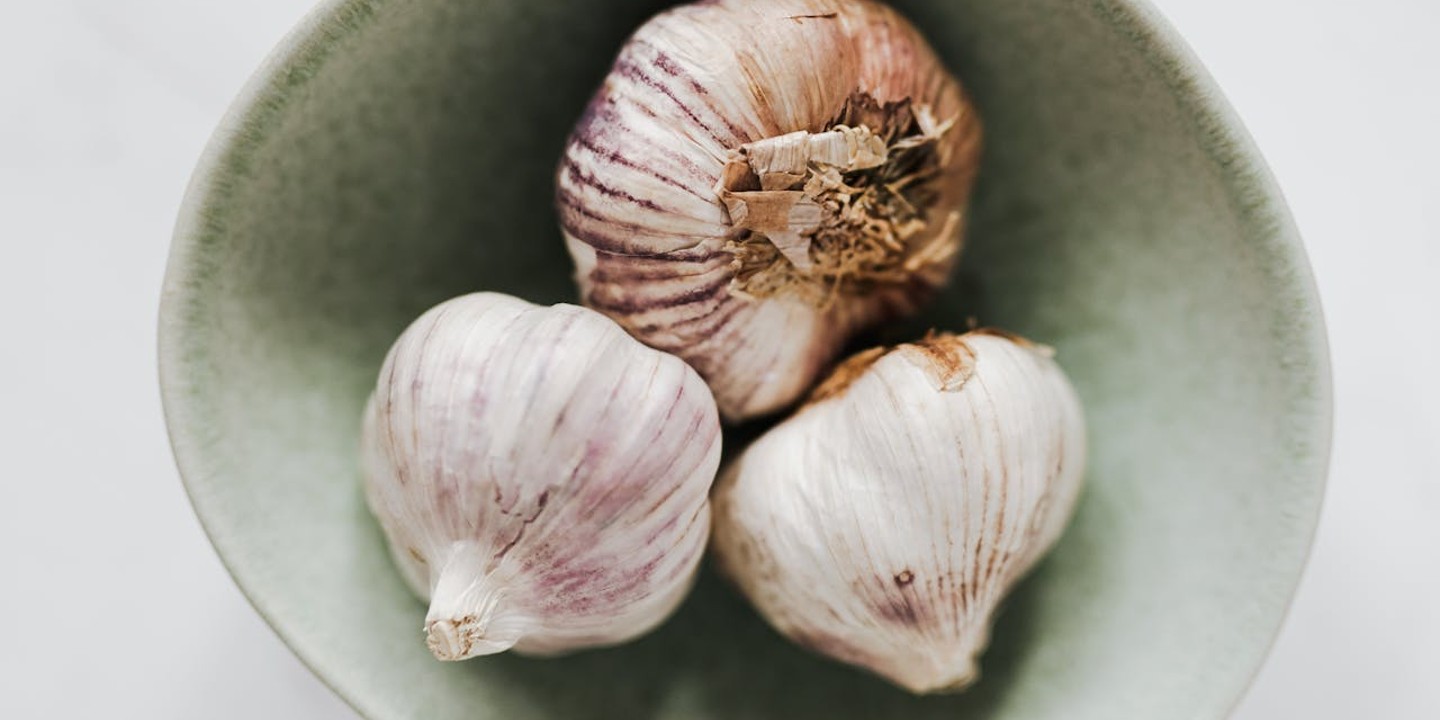Enjoy These Foods While You Still Can
Global warming isn't just altering our natural environment—it's threatening the foods we eat every day. From chocolate to hot sauce, it's becoming more challenging to cultivate the foods we love due to extreme weather, rising temperatures, and shifting precipitation patterns. So next time you sit down for a meal, make sure to appreciate what's on your plate—it might not be there forever. Here are 20 foods that may soon disappear from our planet due to climate change.
 Chevanon Photography on Pexels
Chevanon Photography on Pexels
1. Chocolate
We bring bad news for chocolate lovers: your favorite sweet treat may soon fade from our planet. Cacao trees need specific requirements to thrive, like stable temperatures, ample rainfall, and high humidity. With global warming rising, scientists predict that more than a third of all cacao trees will die out by 2050.
 Aleksandar Popovski on Unsplash
Aleksandar Popovski on Unsplash
2. Coffee
Your morning cup of Joe may also soon disappear from your pots. Rising temperatures and shifts in precipitation patterns has significantly impacted coffee-producing regions, with experts predicting that the two main varieties—arabica and robusta—will phase out by 2050, before other species go completely extinct by 2080.
 Anastasiia Chepinska on Unsplash
Anastasiia Chepinska on Unsplash
3. Grapes
Heat stress has affected grapevines as well, changing their quality and flavor profile due to accelerated maturation. Regions that are often impacted by drought and forest fires also mean that smoke contamination can occur, tainting the fruit with a burnt aroma and rendering them unpalatable.
4. Wine
Because grapes are affected by climate change, making them ripen quicker and causing an imbalance in their sugar and acidity levels, the wines produced from them aren't of the best quality. Smoke-tainted crops also result in an offensive, medicinal taste that some experts say is akin to "drinking an ashtray."
5. Potatoes
You may soon have to say goodbye to chips and French fries, as global warming has impacted potato crops. Extreme—and unpredictable—shifts in our climate, such as severe drought, heat, and winters, have made spuds harder than ever to cultivate, forcing farmers elsewhere in search for suitable conditions.
6. Tomatoes
A majority of tomatoes (over 65%) are grown in the US (California, in particular), Italy, and China. Thanks to climate change, however, production has been declining gradually over the years, and yields are expected to drop further by 2050—by 18%, in fact. This has greatly affected supply and demand, and soaring costs meant large fast-food chains, like McDonald's and Burger King, had to temporarily remove tomatoes from the menu.
7. Corn
Climate change brings bad news for corn and for the people in regions who rely on it as a main food source. Yields have decreased significantly, and in some parts of the Midwest, has declined by nearly 37%. As extreme weather conditions continue to rock the planet, production rates are expected to plummet even further.
 Wouter Supardi Salari on Unsplash
Wouter Supardi Salari on Unsplash
8. Blueberries
Extreme frosts, rainfall, drought, and heat have pushed blueberry farmers to change tactics, meaning there's much more to the process than just letting the berries be. Swathes of the fields are sometimes gone in a blink, and this has in turn affected how much of the fruit people are buying. In the US, for example, consumers bought 27 million pounds less of blueberries in 2023 than the previous year, due to crop shortages and rising costs.
9. Rice
On one hand, rising temperatures has affected two key stages of rice production—the grain filling and flowering—which has resulted in decreased yields. But the other extreme—heavy rainfall and flooding—isn't any better, and prolonged submersion can lead to a total loss of the crop.
 Sandy Ravaloniaina on Unsplash
Sandy Ravaloniaina on Unsplash
10. Quinoa
Interestingly, quinoa thrives in harsh, salty, and arid environments and can withstand long bouts of drought, which has led experts to regard it as a "climate-proof" crop. But while this has good implications, expanding quinoa cultivation may negatively affect other farming regions and communities.
11. Strawberries
Climate change has brought new challenges for farmers cultivating these sweet, red berries. Heat, for one, can impact the growth process and critical stages, and warm temperatures also lead to increased pests—like aphids and leafhoppers—and crop damage. Persistent rainfall, on the other hand, could result in a higher risk of mold and fungal diseases.
12. Honey
High temperatures and shifts in precipitation have forced bees to change their patterns and behaviors, and extreme weather may even damage colonies, all of which has affected the production of honey. Climate fluctuations also pose risks for the plants bees forage from.
 Wolfgang Hasselmann on Unsplash
Wolfgang Hasselmann on Unsplash
13. Bananas
Severe weather, temperatures, and rainfall all impact the production of bananas, leading to decreased yields, smaller crops, and a higher risk of pests of disease. They're also extremely sensitive to drought, and high heat has wiped out a large number of plants where the fruit is regularly cultivated.
14. Maple Syrup
Canada is the largest international producer of maple syrup, where the sweet sap is deeply rooted in the nation, but climate change could significantly affect the production. Shifts in temperatures as well as harsh weather conditions have impacted sap flow and tree health, and have also led to shorter sugaring seasons which end nearly a week sooner than it had 50 years ago.
15. Avocados
Like many other crops, avocados thrive in prime weather conditions, ideally in temperatures between -2°C and 38°C. Extreme and unpredictable shifts due to climate change, however, have led to soil erosion and increased pests and disease, which have disrupted the healthy growth of these fruits.
16. Apples
Apples, like many crops, require stable temperatures to flower, grow, and chill. Extreme fluctuations in temperatures can prevent the fruit from undergoing crucial stages during its production, and this issue has led to geographical changes in where apples are grown.
17. Oranges
High temperatures can cause extreme heat stress in orange trees, which can significantly impact their size and quantity, and result in lower yields. Allowing them to continue baking in warm weather also affects their flavor and quality, and may also introduce pests, infestations, and diseases.
18. Meat & Seafood
Severe weather poses health risks for farm animals and marine life as well. Cattle, for example, may face higher risks of contracting waterborne diseases due to fluctuations in precipitation and temperature affecting water quality. They also, ironically, contribute to global warming because of the methane gas they produce during digestion. For seafood such as salmon, extreme heat and changes in water quality can also affect their health and survival rate.
19. Almonds
Climate change can affect the flowering process, which can greatly impact almond production. But it's not just shifts in temperatures or seasons; fluctuations in precipitation patterns can also stunt tree growth and nut size, resulting in lower yields.
20. Hot Sauce
Severe weather changes can affect chili growth and quality, which disrupts the production of hot sauces. After all, how can companies make the condiment they're known for if they don't have the peppers they need for the recipe?






















